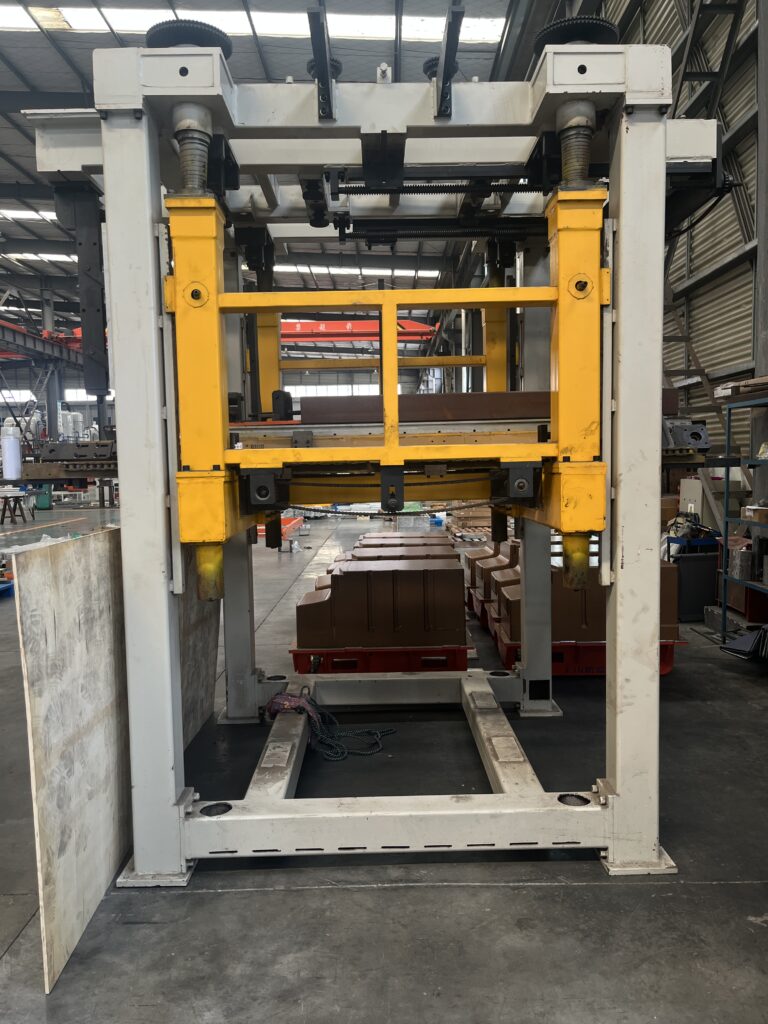In the production process of refrigerator doors or back panels, the stability of the mold cooling system has a decisive influence on the foaming quality. Poor cooling will not only reduce the consistency and qualified rate of the product, but may also cause quality risks such as deformation and cracks in later use.
This article will analyze the specific impact of insufficient mold cooling from three dimensions: foaming uniformity, dimensional accuracy, and stress control, and propose feasible solutions for optimizing design and process.

1. The main impact of poor cooling on foaming effect
Decreased foaming uniformity
- The inconsistent cooling speed of each area of the mold will cause different reaction conditions of the foaming material, which is specifically manifested as:
- Local cooling is too fast → the foaming reaction is terminated prematurely, resulting in cavitation and loose structure
- Slow local cooling → excessive foam expansion, forming high-density patches or bubbles
- Poor foam flow leads to density gradient and uneven thermal expansion and contraction
- Consequences: uneven door structure, reduced overall mechanical strength, and potential hollowing hazards
Increased dimensional deviation
Uneven cooling causes differences in the thermal shrinkage rate of the material, which can easily cause stress dislocation in the precise structure of the mold (such as ribs, corners, and locking grooves ).
Common manifestations:
- The diagonal dimension error of the door body exceeds ±0.1mm
- Surface collapse, uneven edges and corners, loose joints
- The door gap is uneven after assembly, affecting the sealing performance
Internal stress concentration
The difference in cooling speed causes the material to shrink asynchronously, leaving local stress inside the product. After long-term use or temperature changes, fine cracks on the surface , hidden warping , and reduced fatigue resistance during use are likely to occur . Especially during the frequent opening and closing of the refrigerator door, stress concentration areas may age and deform prematurely.
2. System solution to solve poor mold cooling
Optimize mold design structure
- Strengthen the cooling pipeline layout : improve the cooling coverage of key areas of the mold (such as frames and reinforcement ribs)
- Symmetrical cooling channels : ensure overall temperature balance
- Upgrade ejector structure : such as configuring double hydraulic cylinder + snap clamping system to prevent mold opening deviation from affecting cooling and fitting surface
Control cooling medium and flow rate
- independent cooling circuits in different areas allows precise control of local flow
- Use flow control valve/temperature control valve to maintain water pressure balance in each circuit
- Increase fluid turbulence (such as spoiler rod structure) to improve heat transfer efficiency
Collaborative improvement of foaming process
- Preheat the box + slowly rotate the material to prevent the material from directly contacting the cold spot
- Cooperate with mold temperature control equipment to achieve constant temperature thermal field
- Control the temperature difference of the foaming material ≤ 3℃ to ensure consistent foaming start
Summary: The cooling system is the key link to ensure the quality of refrigerator foaming
Problem manifestation | Cause | Suggested Actions |
Uneven foaming and hollowing | Local cooling is too fast or too slow | Uniform cooling design + material temperature control |
Unstable door dimensions | Inconsistent heat shrinkage | Refined flow channel design + temperature control circuit |
Stress cracks, deformation | Cooling rate differences → stress concentration | Flow balance control + turbulent cooling structure |
Through systematic mold cooling optimization and process improvement, the fluctuation of foaming quality caused by poor cooling can be effectively avoided. We recommend giving priority to the refined design of the cooling system during the new mold development and production line upgrade stage to ensure subsequent stable production.
